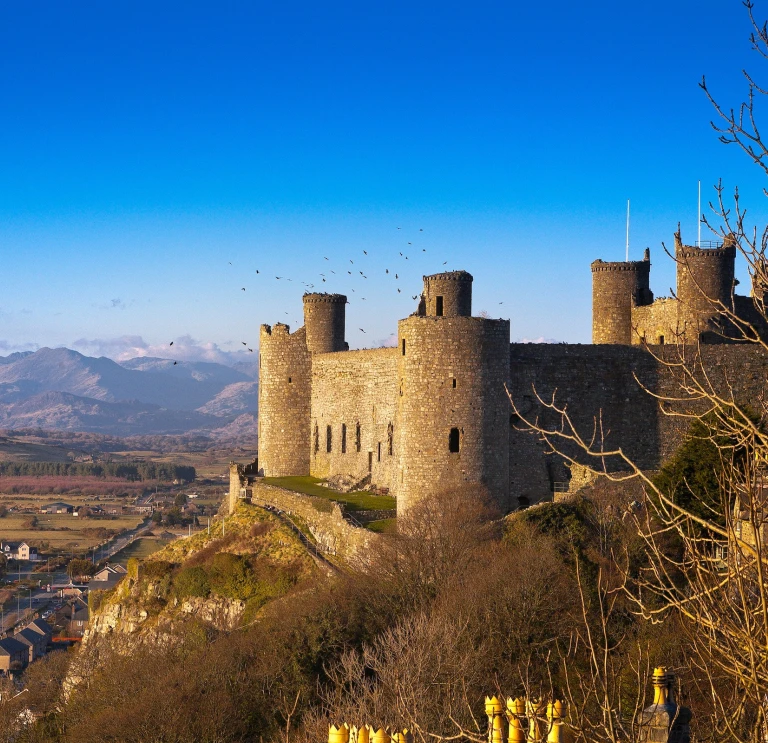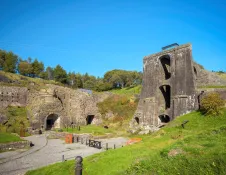What is a UNESCO World Heritage Site?
When a cultural attraction is awarded UNESCO World Heritage Status, it means the United Nations organisation ranks them – alongside landmarks like the Pyramids of Giza and the Statue of Liberty – as one of the world’s most significant sites, considering them to be of ‘outstanding value to humanity’. To put it simply, they’re probably worth a visit.
Four sites in Wales have been awarded this prestigious title, and whether your interest is piqued by medieval strongholds, or marvels of modern engineering, you can visit them all.
Discover the four UNESCO World Heritage Sites in Wales
What is it?
The Slate Landscape of Northwest Wales is made up of six sites around the county of Gwynedd that are all relics of the slate industry, which, in the 19th century, dominated this region of the country. The sites include former mining villages, old railway lines, grand manor houses (belonging to wealthy quarry owners) and the former quarries themselves, which have cut dramatic shelves into the surrounding Eryri (Snowdonia) mountains.
What can I do there?
An excellent first point of call is the free-to-enter National Slate Museum. Housed in a Victorian workshops built in the shadow of the vast Dinorwig Quarry, the museum (part of the multi-site Amgueddfa Cymru) gives a detailed overview of the impact of the slate industry on Wales and the gruelling daily routines of those who worked in it, as well as live demonstrations of traditional crafting techniques.
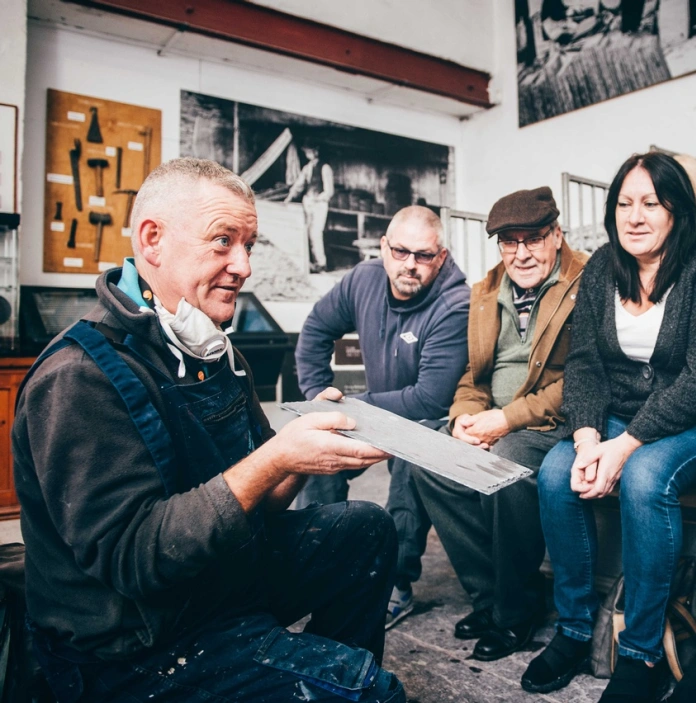
History lesson complete, visitors can explore the mesmerising landscapes to see how the old quarries look today. Numerous hiking trails, once trudged by worn-out quarry workers, wind around the mining sites and between villages. Railway enthusiasts, however, might prefer to take in the rural views from a carriage of the 200-year-old Ffestiniog Railway, which cuts through the mountains and once transported slate to the port in Porthmadog. For something a little more fast paced, adrenaline junkies can see the Penrhyn Slate Quarry from above on Velocity 2 at Zip World Penrhyn Quarry, the fastest zipline in the world.
Further down the coast, the Talyllyn Railway steams from the seaside at Tywyn to Abergynolwyn. The railway and village were built to serve the nearby Bryneglwys Slate Quarry. You can explore the quarry's remains and history by following waymarked trails through the beautiful Nant Gwernol ravine.
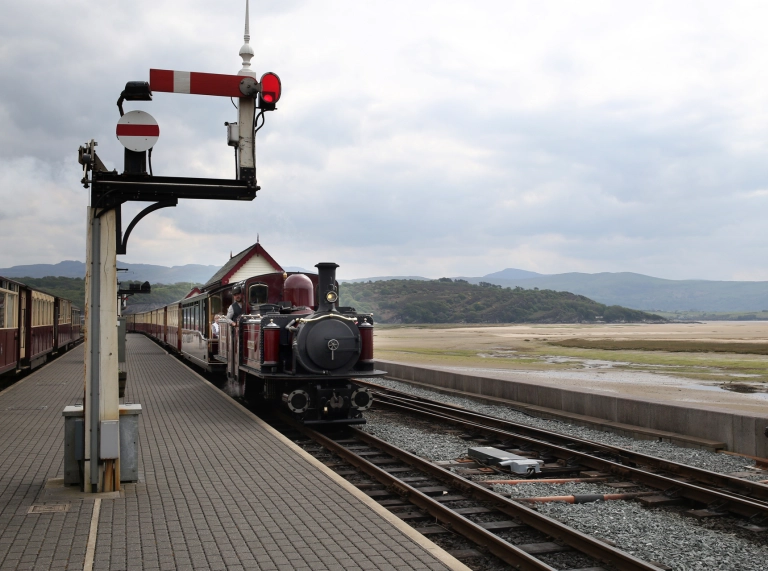
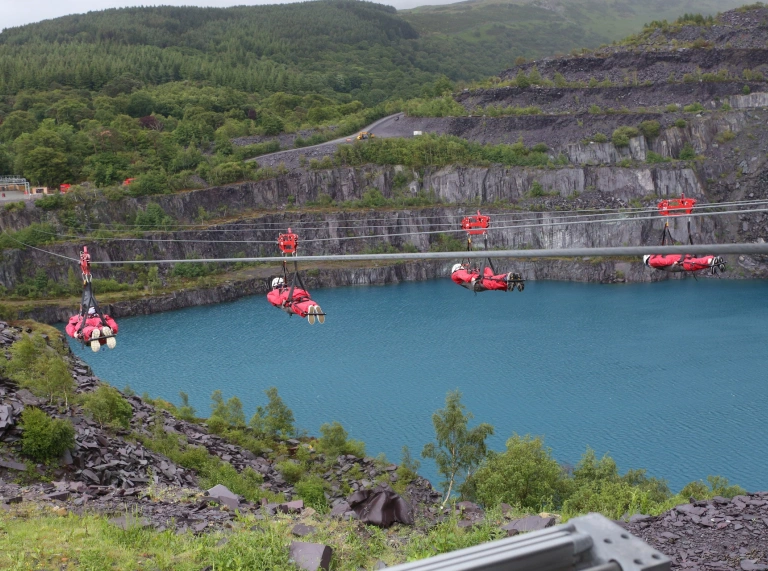
What other attractions are nearby?
Gwynedd’s other star attraction is the cloud-scuffing Yr Wyddfa (Snowdon), the highest peak in Wales. Numerous trails meander up the mountain to the restaurant on its summit, and you can also take the Snowdon Mountain Railway to the top.
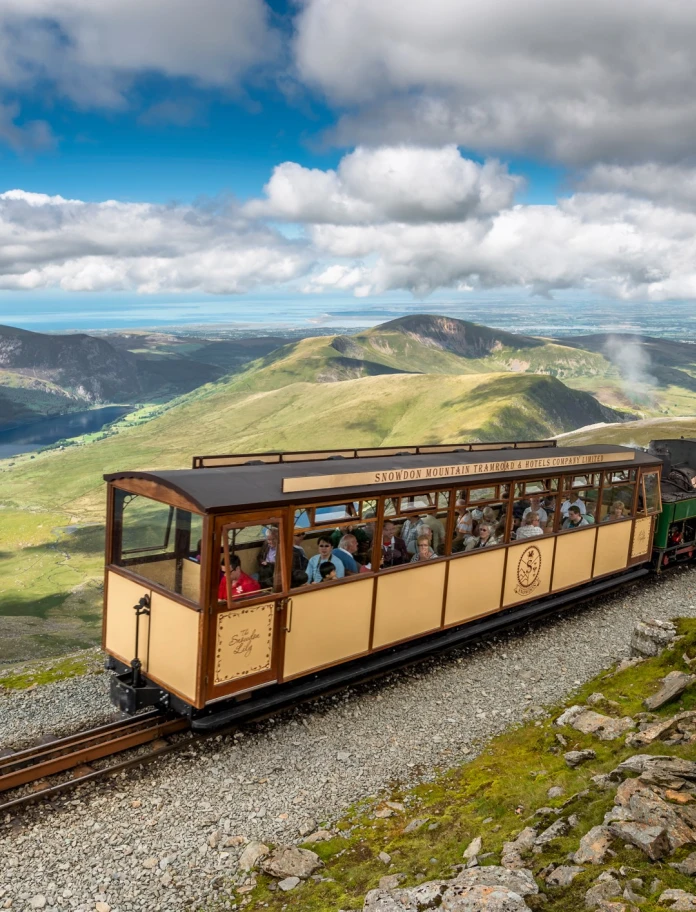
While Gwynedd is home to Wales’ highest point, it also boasts a number of unique subterranean attractions. Llanfair Slate Caverns lets tourists wander through echoing caves once used for mining, before emerging at a picturesque spot overlooking Cardigan Bay, while Bounce Below at Zip World Llechwedd sees visitors spring around on vast trampolines slung across an underground hollow that’s twice the size of St Paul’s Cathedral – a sure-fire hit with younger visitors.
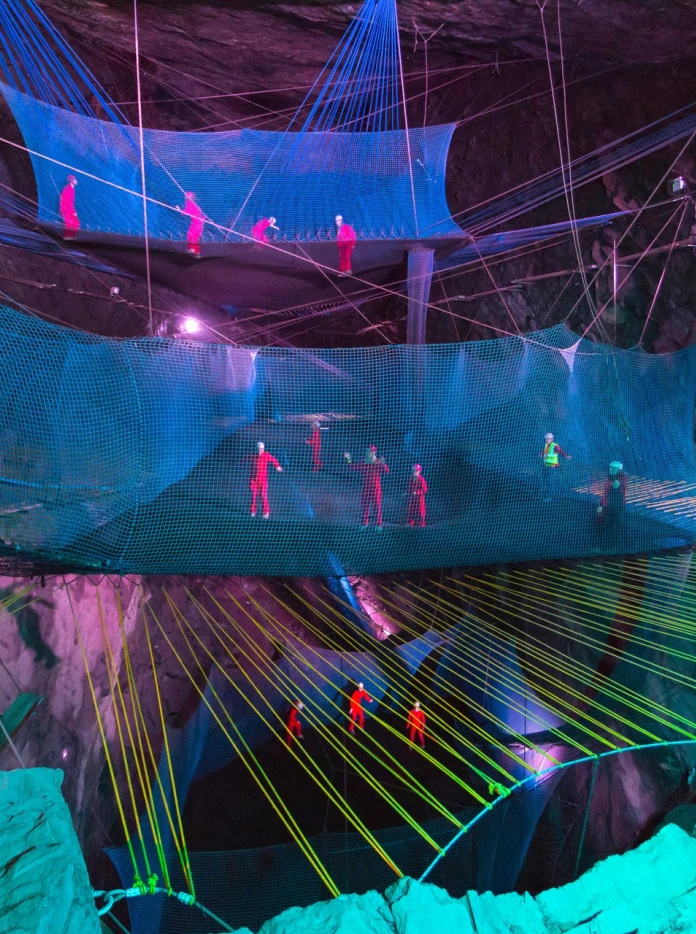
How do I get there?
With parts of the UNESCO site scattered around Gwynedd, it makes sense to pick one of the county's towns as a base from which to explore. Blaenau Ffestiniog and Porthmadog are both good choices, with plentiful accommodation options. Both can be accessed by major roads (the A470 and A487 respectively), and both are on the rail network. Connections from Llandudno for Blaenau Ffestiniog are along the Conwy Valley line, while Porthmadog and Tywyn are on the Cambrian Coast line that runs via Welshpool all the way to Birmingham in England.
What is it?
The quartet of castles built by Edward I during his long-lasting invasion of Wales are some of the finest, and best-preserved examples of medieval military architecture in the UK. The four strongholds, namely Castell Conwy (Conwy Castle) in the county of Conwy, Castell Harlech (Harlech Castle) and Castell Caernarfon (Caernarfon Castle) in Gwynedd, and Castell Biwmares (Beaumaris Castle) on the island of Anglesey, are evocative reminders of the might of the English Crown in the 13th century, and the staunch resistance it faced from the Welsh. The adjoining historic towns of Conwy and Caernarfon and are also included in the UNESCO listing.
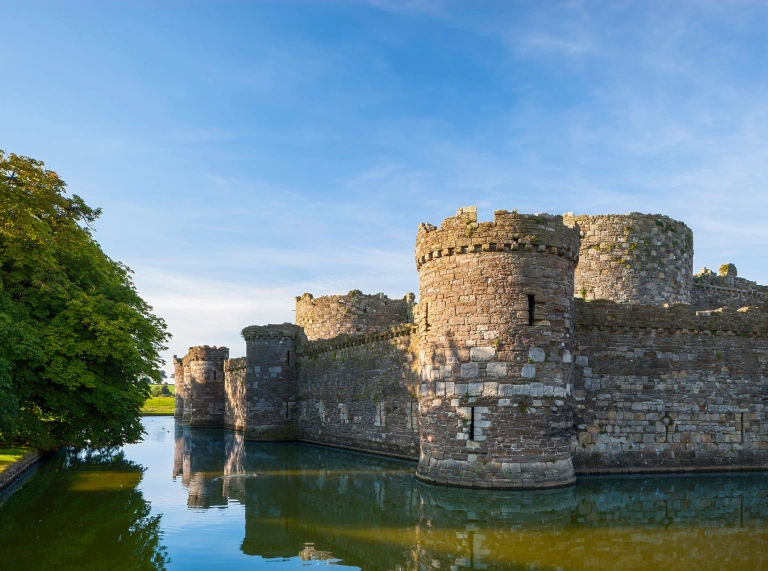
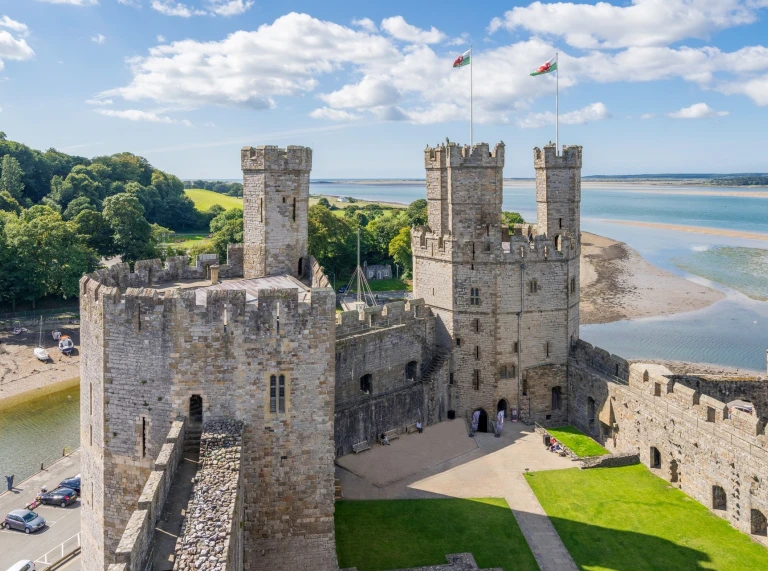
What can I do there?
All four castles permit visitors, who may freely roam the grounds, eye up the ancient ramparts or command battalions of imaginary soldiers from weathered watchtowers.
Conwy, which stands on the banks of its namesake river, is considered to be one of the best-preserved medieval fortresses in Europe, with castle fans able to poke around the fortress’s grand suites, servant passageways and on-site chapel. Harlech, perched on a particularly scenic rocky outcrop, wins the award for best views, with the mountains of Eryri and vistas of the Irish Sea (which, long ago, lapped at the edges of the castle) visible from its tall inner walls.
Twenty miles to the north, Caernarfon is arguably the most imposing of Edward’s structures. Here, visitors can climb the steep stairwell into the three-turreted Eagle Tower, where Edward II, the first Prince of Wales, was born (visitors can also spy a – highly eroded – statue of him above the castle’s King’s Gate). A major £5 million investment has seen a rooftop deck installation and new flooring in the gatehouse towers. It also includes the installation of a lift that allows access for all to the upper levels, which we believe is a first for any similar UK World Heritage site.
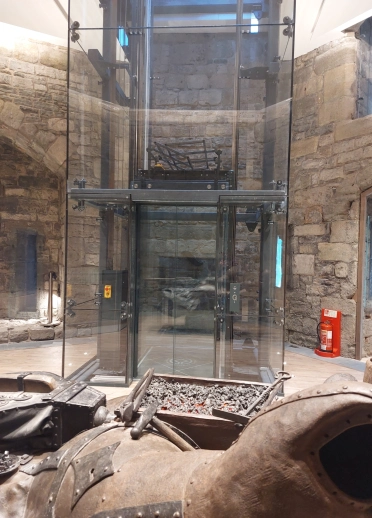
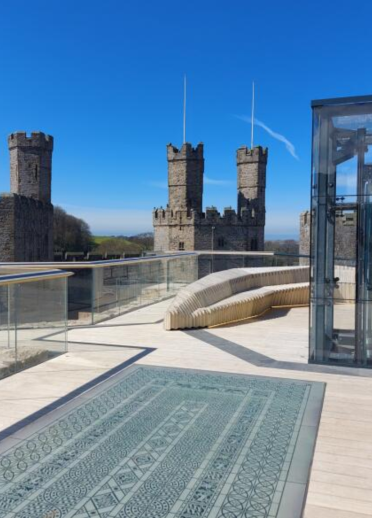
Further north still, beautiful Beaumaris was the last of the four castles to be built, and was, sadly, never completed. But still, with its surrounding moat and symmetrical design, the stronghold is a photographer’s dream.
What other attractions are nearby?
Each of the castle’s accompanying towns are crammed with visitor attractions. A few highlights include the Plas Mawr town house in Conwy, the finest surviving Elizabethan town house anywhere in Britain, and Segontium Roman Fort, located just east of Caernarfon town centre, which dates to AD77 and was designed to hold 1000 infantrymen.
The location of Beaumaris Castle on the isle of Anglesey, meanwhile, puts visitors within a stone’s throw of beautiful beaches (the sweeping, golden-sand Llanddwyn to name but one), red-squirrel-filled forests (one of the only places in Wales you can sight the cute, copper-coloured creatures) and a town with a particularly long name – the railway sign for which has become an essential Wales selfie spot.
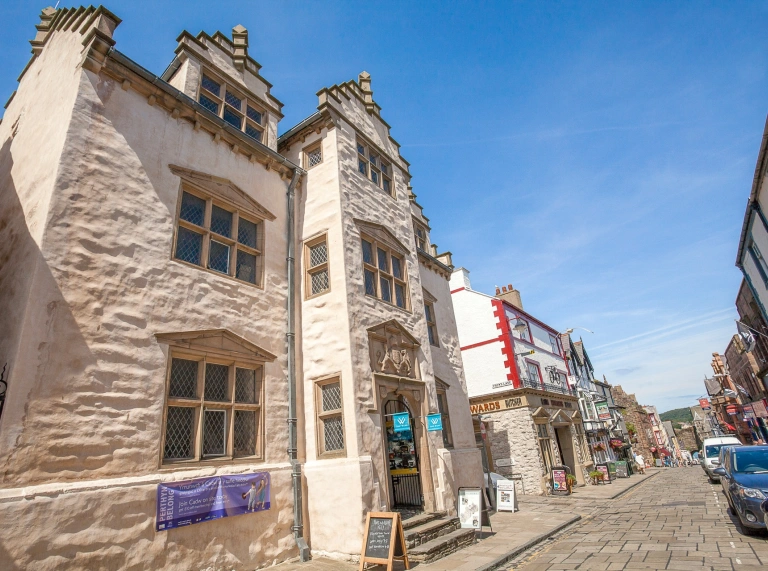
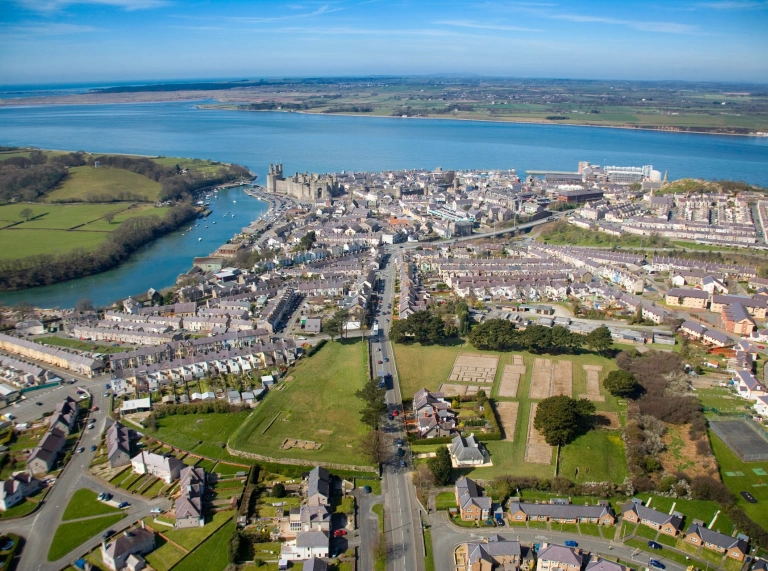
How do I get there?
All four towns can be accessed via major roads (A55 for Conwy, A496 for Harlech, A487 for Caernarfon, A545 for Beaumaris), and driving times between the castles is never more than an hour and a half. Conwy and Harlech are both on the railway network, while Caernarfon and Beaumaris can be accessed from Bangor Station. All four towns also have plentiful accommodation options to spend a night or two.
What is it?
Nicknamed the ‘stream in the sky’, the 307 metre-long Pontcysyllte Aqueduct carries narrowboats on a slender runnel of water some 38 metres (126ft) above the River Dee. With its 19 symmetrical metal arches and lockless design (meaning a consistent water level throughout), the impressive structure is considered a triumph of 19th century design and also the first masterpiece of celebrated civil engineer Thomas Telford. Along with the aqueduct, the UNESCO listing includes 17km of scenic canal way, as well as the original engineers’ houses and canal-side wharfs.
What can I do there?
As the highest navigable aqueduct in the UK, the structure serves as a rite of passage for seasoned narrow boaters. Visitors keen to experience the thrill of traversing the precipitous waterway themselves can hire a boat for the day from Anglo Welsh Waterway Holidays, or, if you’d prefer to leave the navigating to a pro, you can hop aboard one of the Horse Drawn Boat Company's tour boats at Llangollen Wharf and ride along the canal (though not across the aqueduct), a tradition that dates back 100 years.
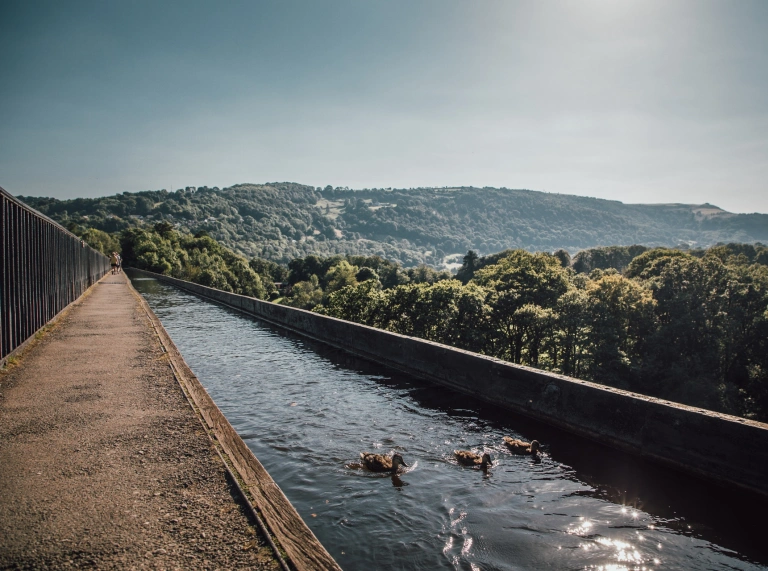
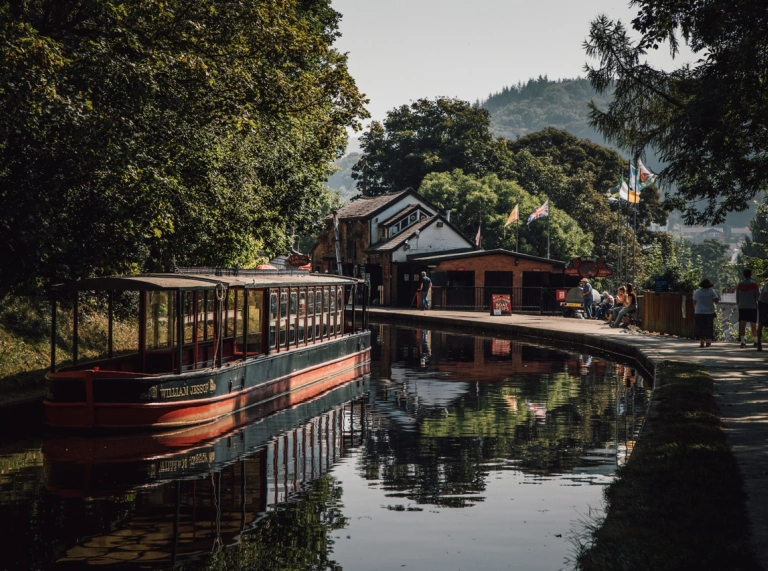
What other attractions are nearby?
Cycle paths surround the canal, with a particularly scenic stretch running between the towns of Llangollen (a 10-minute drive west of the Pontcysyllte Aqueduct) and Chirk, close to the English border.
Both Chirk and Llangollen also have castles of note: Chirk’s offering, surrounded by beautiful manicured grounds, flies under the radar somewhat when it comes to Welsh castles, but was built in the 13th century and was likely overseen by renowned medieval architect James of St George, of Beaumaris, Caernarfon, Conwy and Harlech fame. Llangollen’s Castell Dinas Brân is an altogether different offering, a hilltop fortress built over an existing Iron Age fort that has been left exposed to the elements, and is all the more atmospheric because of it.
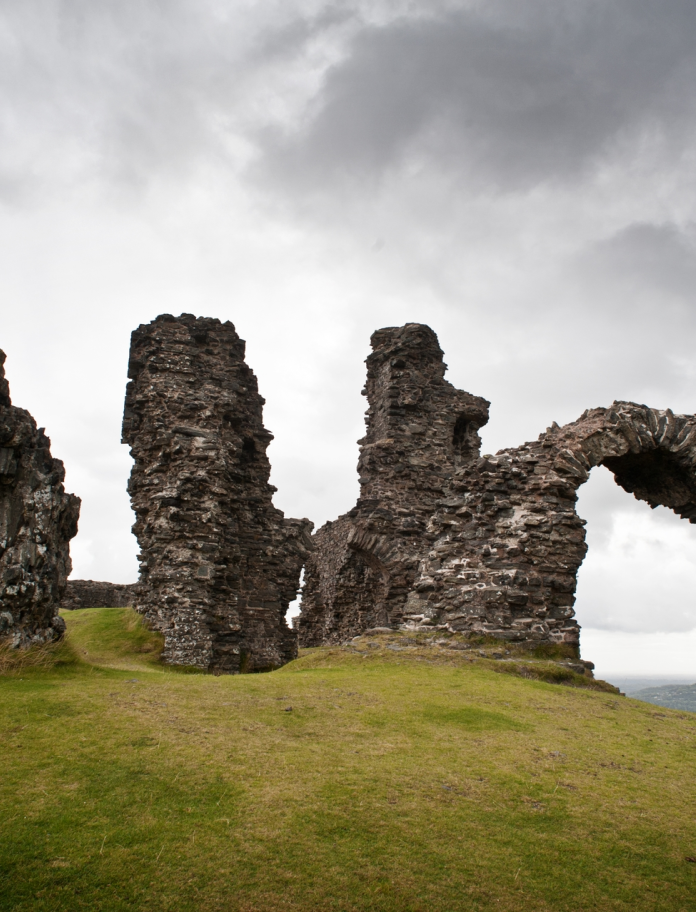
How do I get there?
Pontcysyllte Aqueduct is located approximately 5km east of Llangollen in North Wales, in the small village of Trevor. The site can be reached easily by car via the A5 or A539. Ruabon is the nearest railway station, which is on both the Cardiff to Holyhead and Birmingham to Holyhead lines, and is an 8-minute drive (or 30-minute bus ride) away. Hotels are available in Llangollen, with a couple of options in Trevor itself.
What is it?
South Wales was transformed by the British Industrial Revolution, becoming a hub for coal mining and iron production. Most of the infrastructure from this period has long disappeared, but the preserved buildings and industrial machinery in the former mining town of Blaenavon, stands as a monument to this important chapter in recent Welsh history.
What can I do there?
The heart of the Blaenavon Industrial Landscape is the town’s old iron works, a preserved site where giant stone structures, central to the iron-making process, loom large over visitors. Notable landmarks here include the giant blast furnaces, as well as the remains of the old water balance tower, which – innovatively – transported wagons of iron between tram tracks using water-filled weights.
However, the highlight for many visitors is the chance to venture underground for a real taste of the miner life. The award-winning Big Pit National Coal Museum, a working mine until 1980, transports visitors 90 metres (300 feet) beneath the surface of Blaenavon for a tour around the tunnels where men spent long, tiring hours shovelling coal. Tours are led by former miners, who share insights from their own experiences of living a semi-subterranean existence.
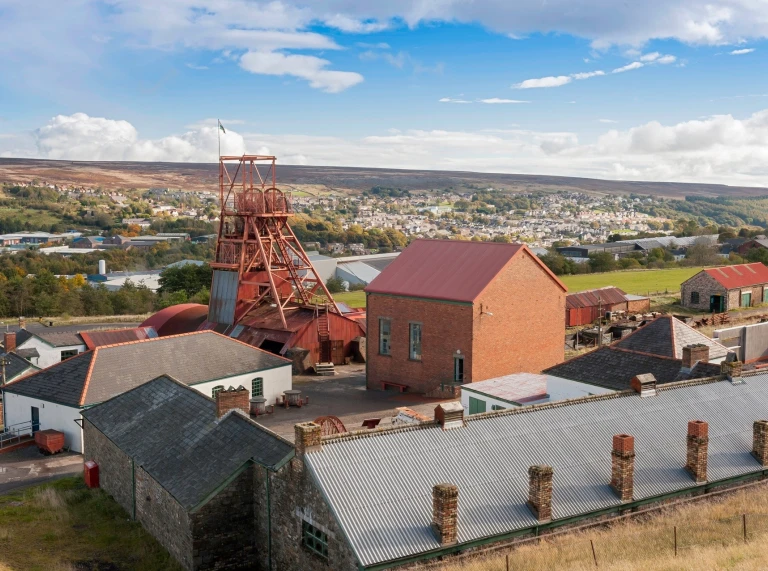
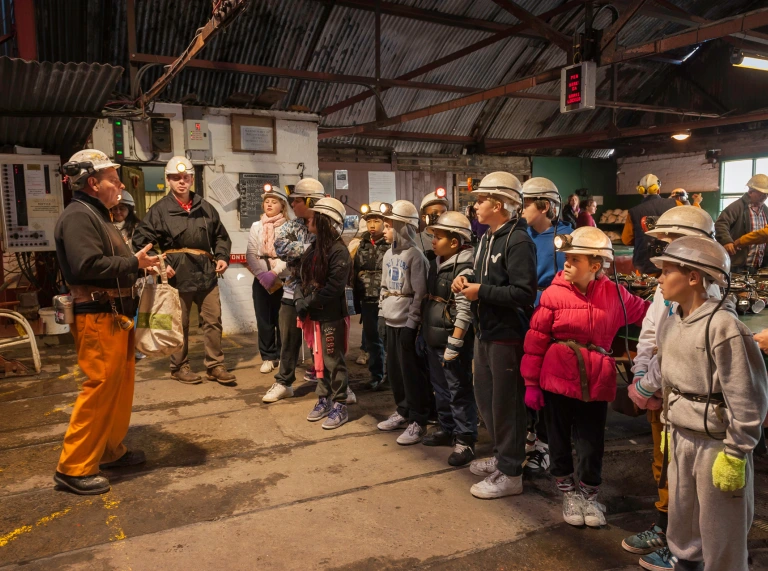
What other attractions are nearby?
The South Wales Valleys are dotted with former mining towns. These tight-knit communities, nestled into gorgeous green hillsides, abound with both historical and contemporary attractions.
Tredegar, to the west of Blaenavon, has cemented its place in British history as the birthplace of the country’s National Health Service (NHS), as well as its founder Aneurin Bevan. Many Bevan-based landmarks, including the site of the former mine where Bevan worked as a teenager, can be seen, as can the former Medical Aid Society, a locally-funded mining hospital that the 'free at the point of need' NHS model was ultimately based upon. The adjacent town of Brynmawr, meanwhile, boasts the oldest cinema in Wales, The Market Hall – a characterful 200-seat auditorium that’s a treat for cinephiles.
A little further north, the former farming community of Crickhowell had its high street named as the best in the UK in 2018, and is not short on charming pubs.
How do I get there?
Blaenavon is located in the South Wales Valleys, a 40-minute drive north of Newport, and is easily accessed by road via the A4043. The town doesn’t have a dedicated railway station, but can be accessed from Pontypool Station (a direct bus runs from here to Blaenavon taking around 20 minutes), which is on the line from Cardiff and Newport. Blaenavon is home to a couple of B&Bs, while accommodation of all kinds is available in Cardiff, Newport and the nearby town of Abergavenny.
